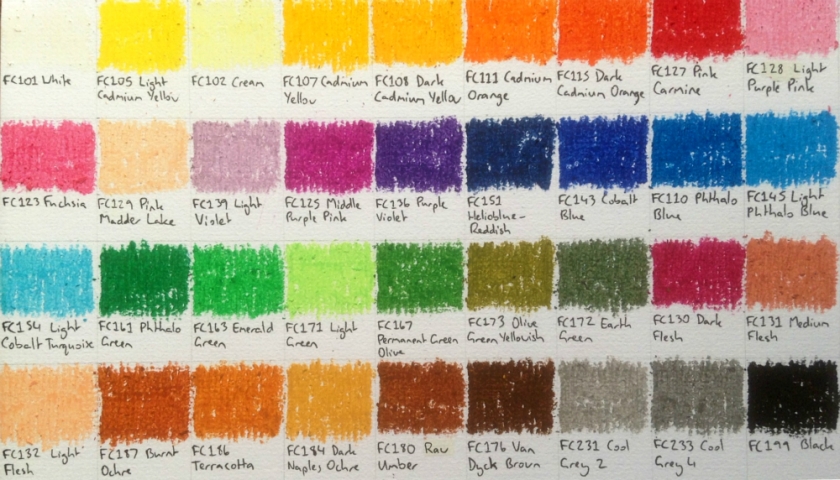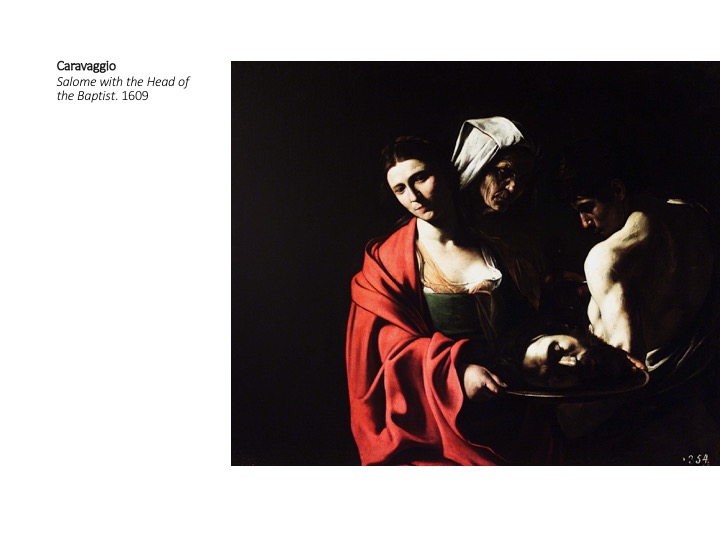

Colour theory encompasses a multitude of definition, concepts, and design application, there are three categories of colour theory: The colour wheel, colour harmony, and the context how colours are used.
The Colour Wheel
A colour circle based on red, yellow, and blue is tradition on the field of art, Sir Isaac Newton develop the first circular diagram of colours in 1666. Since then scientists and artists have studied and designed numerous variations of this concept. Differences of opinion about the validity of one format or another continue debate.
There are also definitions (or categories) of colour based on the colour wheel.

Primary Colours: Red, yellow, blue.
- In traditional colour theory (used in paint and pigments), primary colours are the three pigment colours that cannot be mixed or formed by any combination of colours. All other colours are derived from these three.
Secondary Colours: Green, orange, purple
- These are the colours formed by mixing the primary colours, blue+red=purple, blue+yellow=green, red+yellow=orange.
Tertiary Colours: Yellow-orange, red-orange, red-purple, blue-purple, blue-green, and yellow-green.
- These are the colours formed by mixing a primary and secondary colour.
Colour Harmony
Harmony can be defined as a pleasing arrangement of parts, whether it be music, poetry, or colour. Harmony in visual is something that pleases the eye. It engages the viewer and it creates an inner sense of order, a balance in the visual experience. When something is not harmonious, it can be either boring or chaotic, at one extreme the visual experience that is so bland that the viewer is not engaged. At the other extreme is a visual experience is so overdone, so chaotic that the viewer can’t stand to look at it.
Extreme unity leads to under-stimulation, extreme complexity leads to over-stimulation. Harmony is a dynamic equilibrium.
1. A colour scheme based on analogous colours:

Analogous colours are any three colours which are side by side on a 12-part colour wheel, such as yellow-green, yellow, and yellow-orange.
2. A colour scheme based on complementary colours:

Complementary colours are any two colours which are directly opposite each other, such as red and green, red-purple and yellow-green. There are many variations of yellow-green in the leaves and several variations of red-purple in the flower. These opposing colours create maximum contrast and maximum stability.
3. Colour scheme based on nature:

Nature provides a perfect departure point for colour harmony.
Colour Context
How colour behaves in relation to other colours and shapes is a complex area of colour theory. Red appears more brilliant against a black background and somewhat duller against a white background. In contrast with orange, the red appears lifeless; in contrast with blue-green, it exhibits brilliance. The red square appears larger on the black than on any other background.
































